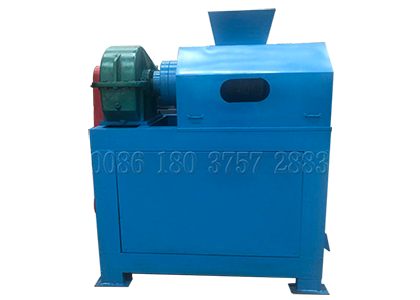With the development of economy and technology, animal husbandry has gradually changed from family operation to farm operation. A farm has tens of thousands or even hundreds of thousands of livestock. Large-scale breeding can centrally manage livestock, reduce breeding costs, and improve meat quality. However, although the number of livestock has increased significantly, there is also the problem of waste pollution. If these manures are not properly treated, it will affect the surrounding geological structure.

Today I want to introduce how pig manure is fermented into organic fertilizer? The steps for preparing organic fertilizer from pig manure are: mixing raw materials and auxiliary materials, adjusting the C/N ratio and water content, adding EM microbial agent to fully mix, then composting decay heat, fully reacting, crushing, screening, adding trace elements, and finally packaging. Let us understand the specific steps and methods.
First, you need tools and materials:
Fermentation material: healthy and fresh pig manure. Tool: fertilizer blender. Plastic container or cement tank, plastic film, grinder, shovel. Fermentation strain: starter. Ingredients: Recipe 1: 1000 kg of dry manure, 3-5 kg of biological starter for livestock and poultry manure. Formula 2: 700 kg of wet manure, 300 kg of wheat bran or rice bran or straw powder, 3-5 kg of biological leavening agent.

The specific operation process is as follows:
- Prepare 1000 kg of fermentation raw materials in proportion and use them as fermentation raw materials;
- Pour 3-5kg of biological starter into 350kg of water to dilute and stir evenly. The dilution water is preferably well water or river water. If it is tap water, please leave it for 24 hours before using it;
- If there is a blender: mix the feces for 2 minutes, then pour the fermentation broth diluent, and stir for 6 minutes. Without stirrer: Use a spatula to stir the mixture from one point to several points. First, add a small amount of fermentation broth dilution liquid to a small amount of fermentation raw materials and stir evenly until there are no lumps, then add a small amount of fermentation raw materials to the remaining fermentation raw materials and stir until there are no lumps. (Note: Increase or decrease the amount of dilution water according to the degree of dryness and wetness of the fermentation raw materials. The amount of water used in the diluted fermentation broth should be about 35% of the fermentation raw materials. When mixed into a ball, it is best to hold it in your hand. If you see Water but no dripping water. Note: more water tends to become sour, and less fermentation is impermeable. If the fermentation raw materials are wet, reduce the amount of dilution water.)
- Put the mixed fermentation raw materials into a plastic container or cement tank, and finally fill it tightly. After venting the air, seal it with a plastic film. They must be completely sealed. The suitable temperature is 25-35℃, and the fermentation is 5-10 days (generally 5 days in summer, 7 days in spring and autumn, and 10 days in winter). Pay attention to control the temperature and time until there is no peculiar smell. If the pig manure organic fertilizer contains alcohol, the fermentation will be successful.

The benefits of using pig manure organic fertilizer:
- In the process of pig manure fermentation, it can effectively kill the parasitic eggs and pathogenic bacteria in pig manure to prevent damage to crops.
- Since the fermented pig manure is fully decomposed, the phenomenon of burning roots and seedlings is eliminated, and it is safer.
- The fermentation process also decomposes the high molecular weight organic matter contained in pig manure into inorganic salts and minerals, which can be directly used by crops and produce bacterial metabolites to enrich the nutrients of pig manure. More importantly, the fermentation process is also a biological deodorization process. Fermented pig manure has no peculiar smell and is more environmentally friendly.




















